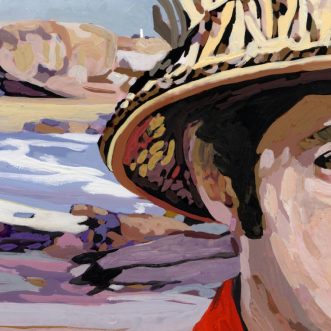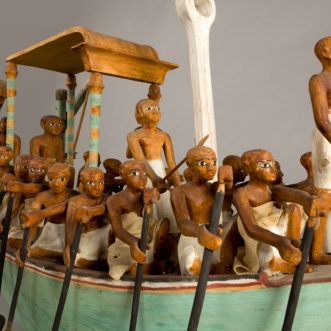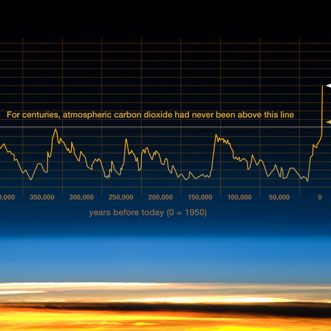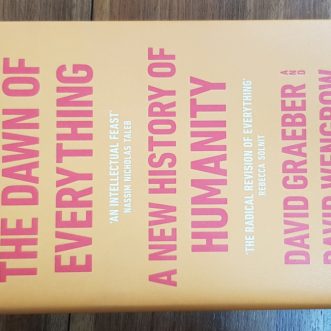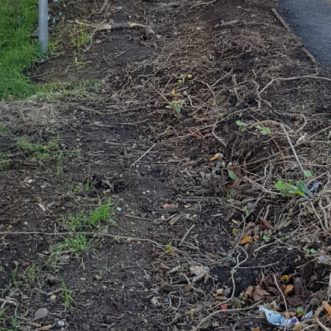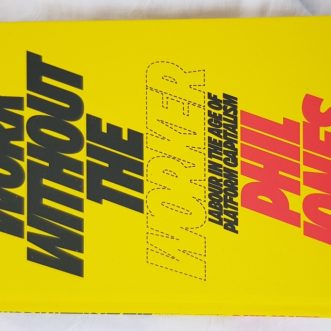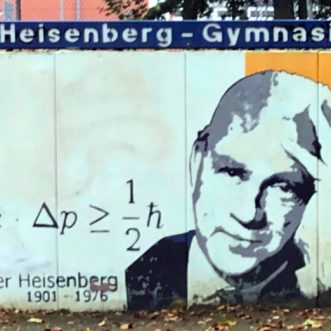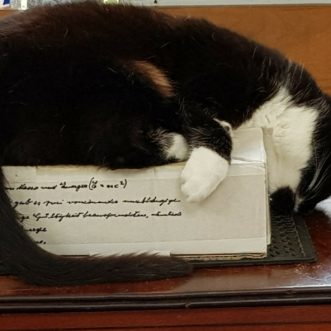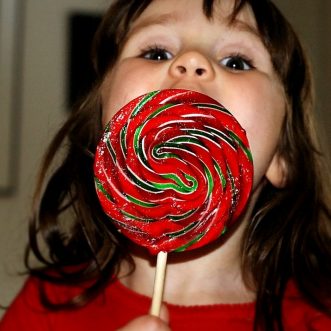September 2, 2021
Letting ‘art’ into a business feels wrong somehow. Surely the point of business is predictability, conformity, delivering to specification? How can you let people ‘do art’ on this without losing these things?
The kind of precision we usually think of when we think about ‘predictability, conformity, delivering to specification’, is really only necessary for manufacturing. Even then, the manufacturing part is only a fraction of what makes up the customer experience.
If art happens in that tense space between rules and license, restriction and freedom, certainty and uncertainty, you can at least control what happens on one side of the space. You can specify ‘the least we should do’, with as much precision as you like. That means there is no downside to the art that can take place, only upside. You can predict that specification will be met at least, perhaps exceeded.
The output of artists constantly evolves, as they explore that space of tension between the rules they’ve set themselves and whatever it is that they wish to express. Each individual work is a specific response to that tension, different from every other, but taken together, the whole body of work is coherent. You can tell it’s all from the same artist.
The thing your business exists to express is your Promise of Value. Everyone in the business is trying to create art in the tense space between your Promise of Value and the floor you’ve defined. Each individual making and keeping of your Promise – or customer experience – is a specific response to that tension, different from each other, but coherent, taken as a whole. You can tell they’re all from the same studio. You can predict that every response will conform to your Promise of Value.
Looked at this way, your job as business owner is not to control individual output, but to define the space – the studio if you like – where your people, your artists, can create output that delights the people you serve.
Why would you do this? Because art commands higher prices than factory-made. People value human.
